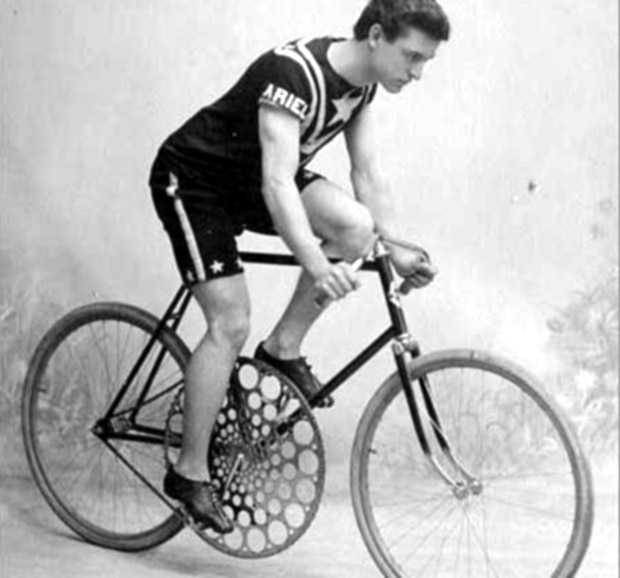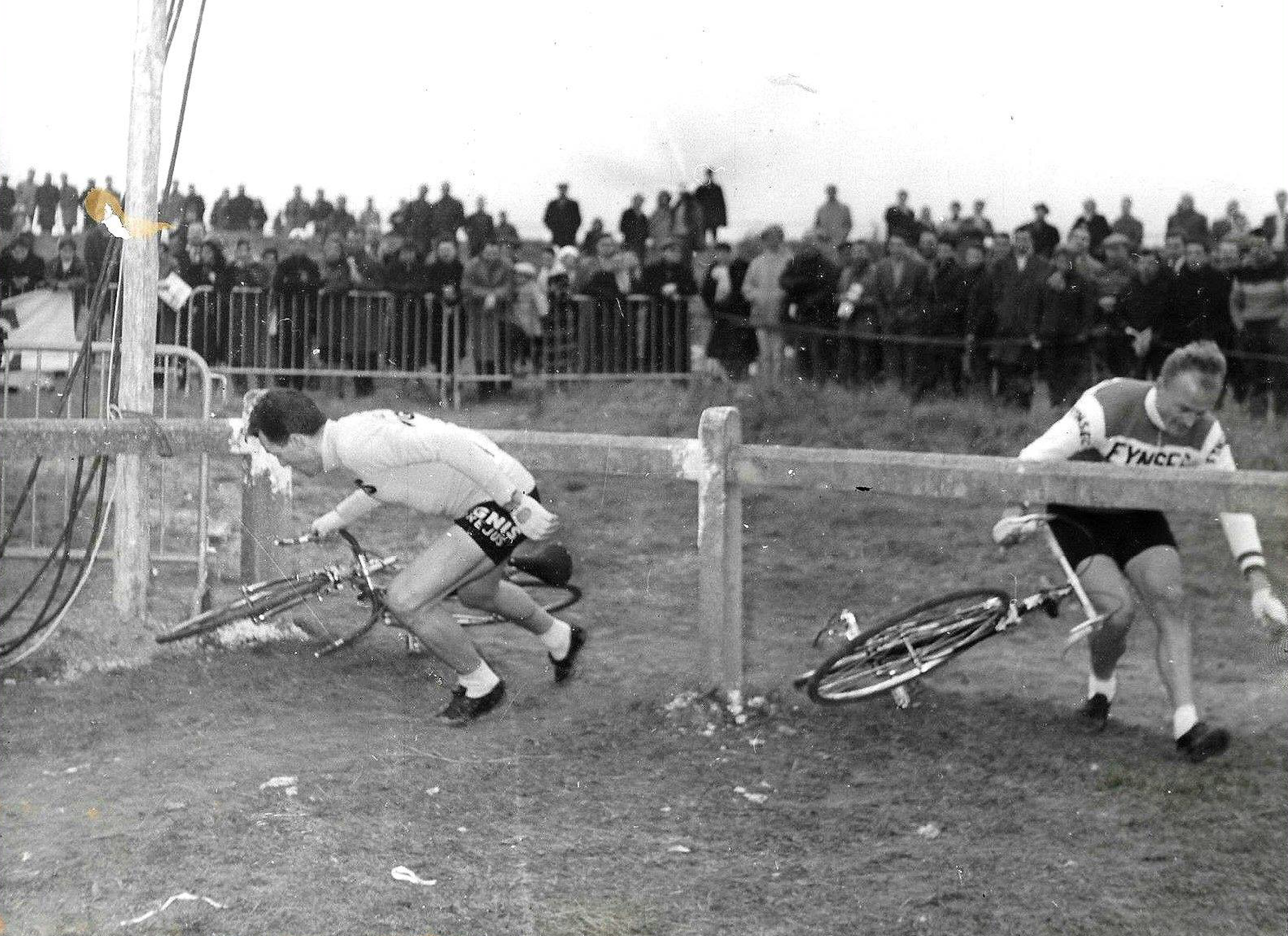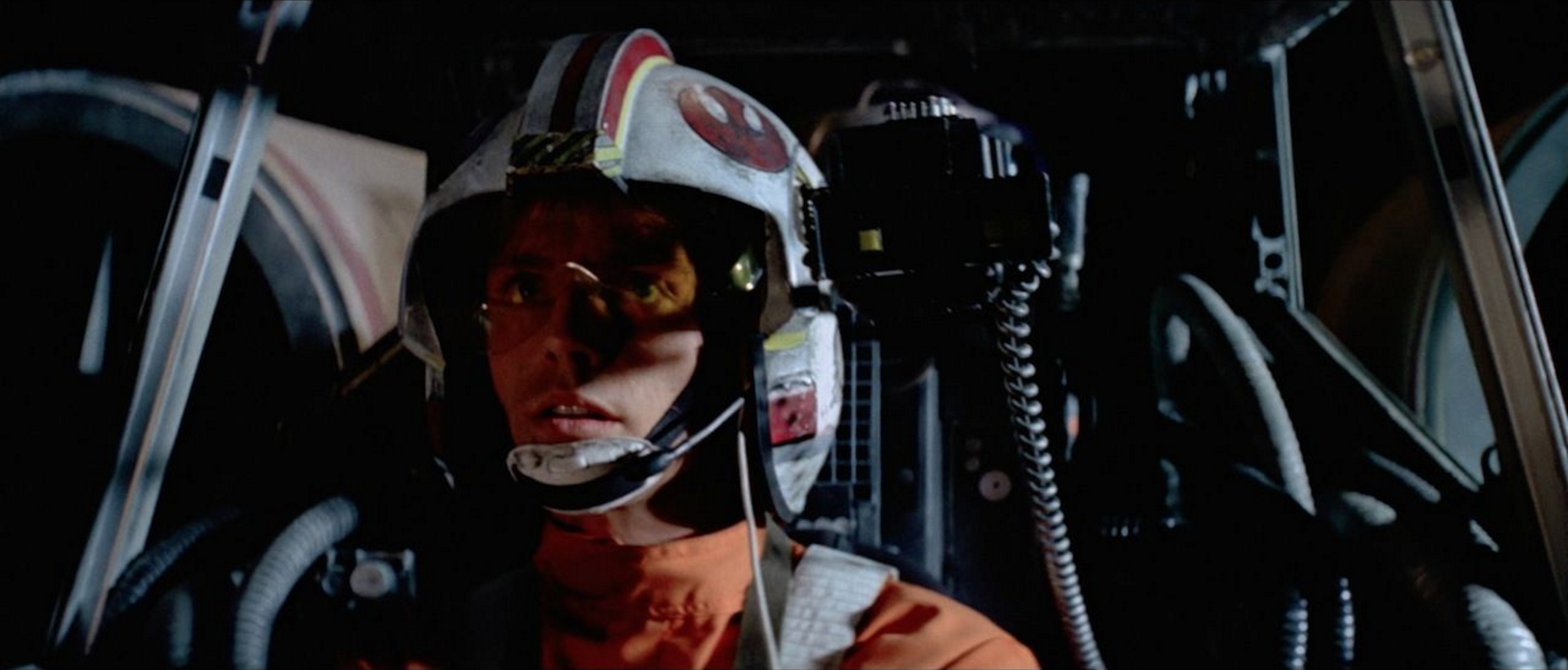Sur la Plaque: Mechanics of the Big Ring

I’ve been riding for long enough to know that what “feels” good and and what “is” good in terms of technique are two independent sets with a small intersection; it’s very important to put a lot of thought and research into what you’re doing to make sure it offers a benefit. Research takes “work” and “time”, so I’m not very fond of that approach. Instead, I like to do a lot of “thinking”, leveraging both my inadequate expertise in mechanics and my unusually high degree of confidence in my ability to reason in order to jump to conclusions that benefit my initial assumptions.
For example, I believe there is an advantage to riding sur la plaque, or in the big ring, as opposed to riding in the same size gear on the small ring. I generally find that when I’m strong enough to stay on top of my gear, climbing in the big ring feels less cumbersome than when I climb in the small ring at the same speed. The downside is that it is like playing a game of chicken with your legs; it works very well if you are able to keep the gear turning over smoothly, but should you fall behind the gear, and your speed evaporates as you fall into a spiral of downshifting and decreasing speeds (not to mention morale).
All this can be explained away by having good legs or not (un jour sans), but I think there is a mechanical advantage as well.
First, there is the duration of the effort. As they say, it never gets easier, you just go faster, but I firmly believe faster is easier, provided you are strong and fit enough to support the effort. The faster you climb, the less changes in gradient and road surface impact your speed. Not to mention that while all athletes perform the same amount of work when they cross over the same climb regardless of the duration of their effort, athletes doing so in less time suffer for a shorter period of time than do those who go slower. Marco Pantani claimed that despite knowing the suffering that was just around the corner before his attacks, he was motivated to go as fast as possible in order to make the suffering end sooner.
Second, there seems to be a mechanical advantage of riding in the big ring. I’m a little bit hazy on the physics here, but it seems to me that the crank arm is in effect a second-class lever and, while maintaining the same length crank arm (lever) and fulcrum (bottom bracket), by moving into the big ring, you are moving load farther out on the lever, providing a mechanical advantage over the small ring.
WikiPedia defines leverage as:
load arm x load force = effort arm x effort force
In our case, since the speed is constant, that means that the load force (to turn the pedals) is also constant. And, since the load arm (crank) is a fixed length and the effort arm length is increased when moving the chain to the large chainring, the effort force is reduced in order to maintain a balanced equation, meaning that it doesn’t just feel good to ride sur la plaque, it actually is good.
All that said, this theory completely ignores the energy loss of bending the chain as you start to move the chain from straight at the center of the cassette towards the edge of your cassette, in particular when riding in the big ring and crossing to bigger cogs. Q-Factor has an impact on how much your chain is bending as you ride in bigger and bigger cogs, but I think there’s a measurable loss if you are crossing your chain completely (big ring to biggest cog); and I suspect is is entirely possible that the big ring’s mechanical advantages are outweighed by losses in chain friction.

